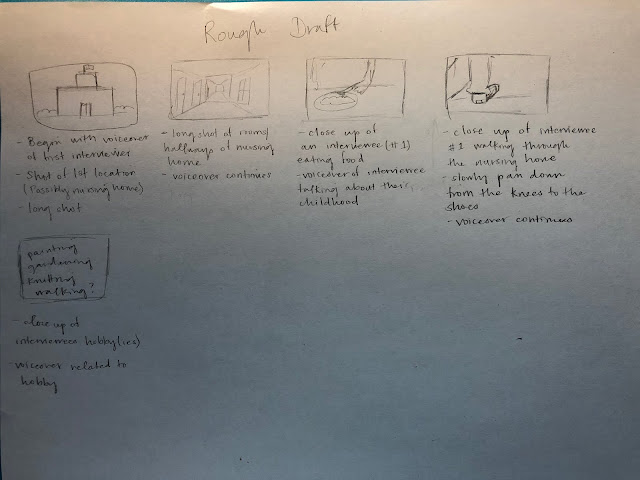Yesterday, Isa, Gaby and I met up at Isabel's grandfather's house, and it went really well. Although we had to do the interview a little slower because our subject's first language is Spanish, we still got great answers from him. He answered each of our questions, and he was very kind to all of us.
However, my camera was not cooperating! I had charged the battery for almost five hours. Thankfully, I brought the camera's charger with me, but when I would insert the battery, it would say it had full battery, which usually lasts about four hours if used constantly. But, once we started recording the battery logo on the camera's screen was low and red! Confused, I removed the battery and put it to charge. I thought I'd only have to do this once, but little did I know that it would constantly interrupt our interviewing process! It was such a nuisance and it made me realize that maybe the battery has just gotten old? I mean, I did purchase the camera about eight years ago...
Anyway, once we finished, I made myself the mental reminder of buying another battery on eBay or something.
We began filming at around 7:00pm, so the sun was just starting to set. We had good lighting for a while, but again, the sun left and we ended up having to turn on some lights in the house to assist our lighting dilemma. Other than that, we had a great time organizing and filming everything we needed, and since Spring Break is about to start, he offered to let us come back if we needed to re-do anything we'd like.
Lastly, the next morning, I started to sort out the audio we collected from the microphone, and the new footage we had and I started to sort it out onto iMovie, to see how we could start off the documentary. I also started to look for more copyright free music, but still haven't really found one that caught my attention. While I edit thought, I'm going to let Gaby and Isabel know that we should start working on the poster and the website, so that when we come back, we'll be on track!







